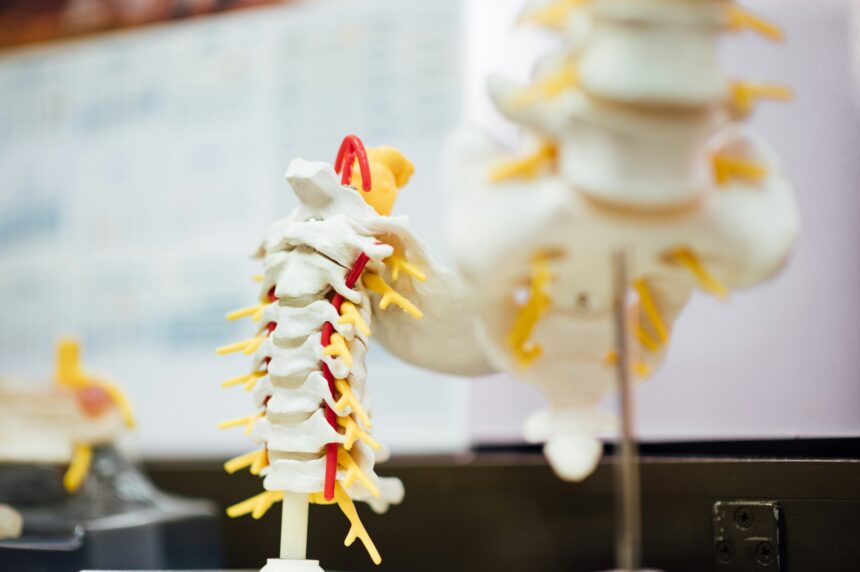Back pain is one of the most common health problems that people do not fully understand. The spine is a complex organ that supports the entire body, besides safeguarding the nervous system and motor movements. When you are in pain, it is the body that is communicating to the individual that something is not functioning as it is expected to work in this system. Knowledge of what the spine is communicating to you can assist in seeking the remedy and avoiding long-term problems.
The Structure of the Spine
Vertebrae are bones that are employed in building the spine in a way that makes it stable and flexible. Between these bones, some disks act as cushions and absorb shocks, and allow easy movements. Ligaments and tendons around provide further support, and the spinal cord and nerves pass through its center. The reason is that such a large number of factors interact that issues in one of their components, such as a disc, joint, or muscle, may cause discomfort that is considered mild stiffness or even paralyzing pain.
Common Causes of Back Pain
The reason why back pain could occur can be diverse. The muscles and ligaments can cause strain due to poor posture, excessive sitting, or repeated action. It might also be affected by age-related alterations (disc degeneration or arthritis) as well. There are occasions when the disc may bulge or herniate due to an injury incurred in lifting something heavy or sudden movement, causing the disc to press against nerves, sending out pain in the legs. Stress and tension are also contributory factors as the muscles contract and cause a strain on the spine. The first step to dealing with them is to acknowledge their existence.
When Pain Becomes Chronic
Short-term acute pains are often associated with short-term strain. But in case of pain persisting for weeks or recurring, it is regarded as chronic. Chronic back pain is not always a bother; you can say that it can interfere with life and serve as a sign of some underlying issues. Conditions such as spinal stenosis, herniated discs, or scoliosis can cause long-term pain. Medical assessment is very important in such situations. The rest and simple interventions may help in the short run of the pain; however, chronic pains usually require certain interventions and lifestyle modifications.
Contemporary Therapeutic Interventions.
Back pain treatment has now improved over the conventional treatment approaches of rest, medication, and physical therapy. In the current day, experts can suggest less intrusive treatments to treat certain spinal issues. As an example, endoscopic cervical spine surgery in Phoenix can be cited as a solution to patients who want to have fewer invasions with fast recovery periods as opposed to the open surgery. Other therapies, like the use of chiropractic care, acupuncture, and customised exercise programs, can give relief alongside the use of surgery. It is determined by the cause of pain, the intensity, and the general health of the individual before the choice of treatment.
Prevention by Lifestyle Choice.
Although not all factors that cause back pain are preventable, most prevention measures are affordable. The support of the spine is achieved by strengthening core muscles, and good posture lowers the strain that is not necessary. The well-being of the spine is also in favor of stretching and paying attention to movement and exercise. Workplace ergonomics (e.g., supportive seats, appropriate desk height, and so forth) can also be used to relieve the daily stress on the back. Besides this, exercise and weight are also significant in the light of decreasing the weight burden on the spine. Modest, daily changes in the routine can lead to a tremendous transformation in the long-term perspective.
Conclusion
The back pain is not merely a hassle; the spine indicates that something is amiss. By learning about the skeleton of the spine, its prevalent causes, and indications of when pain is chronic, you are able to act accordingly. Both discomfort alleviation and prevention of future damage to the spinal health can be ensured, due to the usage of modern treatment and careful preventive measures. One of the things that you should do to achieve long-lasting well-being is to listen to what your spine is saying.


